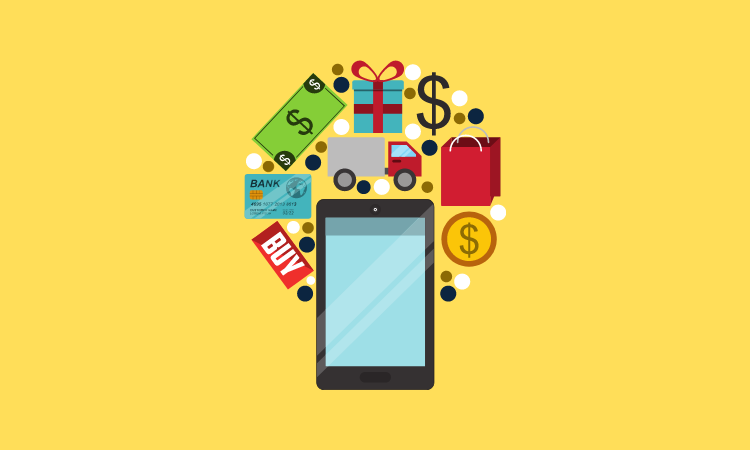Data Snacks, Member Exclusive
Data snack: A breakdown of North American e-commerce payments projections
- Digital payments, mobile wallets, and BNPL services grew in 2020 and will continue to grow by 2024.
- Bank transfers, charge cards and COD expected to decline further by 2024.








